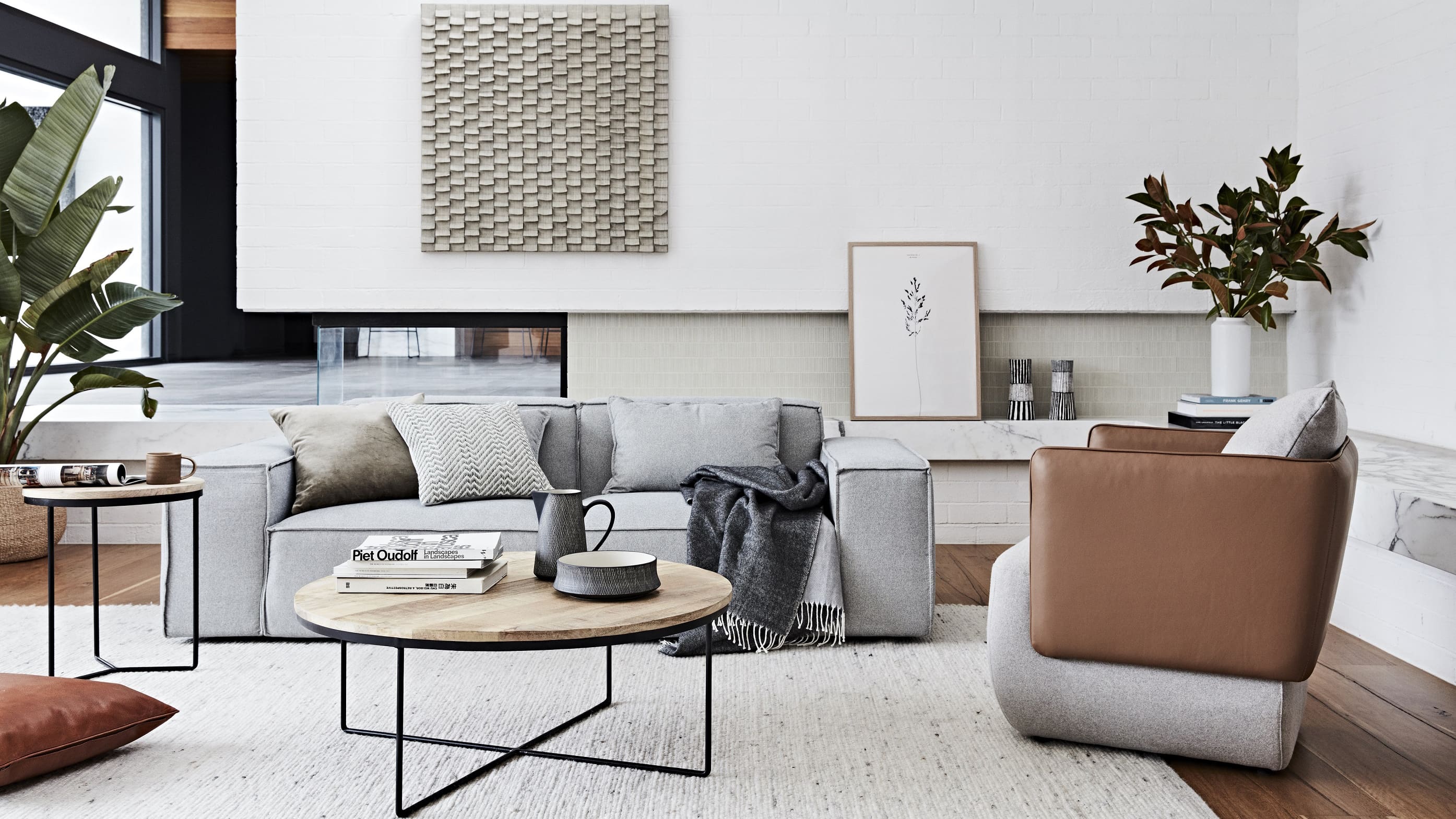For those of you who have determined that you will stage your own home for sale rather than hiring a professional home stager, the challenges are many. After the initial demolition of your old lifestyle – because effective staging always aims to remove all vestiges of the people who once lived there – the hard labour begins. Of course there will be repairs; major, minor, and in-between. Then there will be painting ceilings and walls as well as big decisions about flooring and other finishes in your home. Even if you do a good job at using the advantage styling to your benefit, your work is still not finished.
When the paint dries, you’ll want to plan how to furnish your living space. After the decluttering, repairing, and updating are finished the final chore in preparing your home for sale will be to add furnishings. You might imagine that you’ll just pop your own furnishings back into their old places and put up the “for sale” sign in the front yard. That would probably leave you with a smaller pot of gold than you bargained for.
Planning the placement of the furnishings makes up the heart and soul of this work. Styling your own home is much easier if you can think like a stylist. Having excellent research data and truly useful tools is also ideal, especially when you don’t have the benefit of years of training and experience.
Furniture placement is a critical component in the final presentation and is far more involved than simply rearranging the living room chairs. Stylists spend a good bit of their time and energy in the process of making the most of a home’s architecture and style. Their goal is to create a seamless experience for potential buyers that leaves them free to imagine how it would be to actually live in the house. This means eliminating distractions.
When we talk about distractions we mean those worrisome realities that could give your buyer a moment’s hesitation. Harsh or overly bold colours in the home’s palette can make a buyer say; “Egad. I couldn’t possibly sleep in this bedroom. The lavender walls would keep me awake all night.”
As buyers tour your home, your goal is to keep them focused on imagining how their family would fit into this particular space. You want to eliminate anything that might interrupt or disturb the buyer’s pleasant daydream of “living” in your house. The more flawless that experience is, the better the chances of a sale become.
When it comes to placement of the furnishings, part of the advantage styling by professionals is the knowing ahead of time what will ‘feed the dream’. By knowing the ins and outs of furniture placement as well as the fundamentals of style, size, and scale you can turn a good real estate sale into a phenomenal one simply because the buyer is free to enjoy the interior scenery.
Buyers, for example, want all the space they can possibly buy with the money they have. The professional home stager has a hatful of placement tricks that can make even a postage-stamp-sized living room look larger. (Here’s just one: contrary to what you might think, if you move the furnishings away from the walls it makes the entire room appear to be more spacious.) If the furnishings in a small room are poorly chosen or placed awkwardly, the already limited space shrinks visually. Your buyers must suddenly worry about whether or not their sofa will fit. Such a disruption can spoil a sale.
You would probably agree that placing ultra-contemporary furnishings in a cosy Victorian cottage might require extra thought and skill. When there is a disconnect between a home’s architecture and the furniture’s styling, buyers have an almost physical reaction – oops. Another disruption widens the gap between you and success in selling your home.
There are many ways in which the average homeowner can better accomplish the goal of staging their home very well. Because of the internet, we have access today to valuable information to help make good choices in home staging. By learning all we can about colour theory, architecture, perspective, and art we can ultimately enjoy the advantage styling like a professional.




